Low-Cost Hydroponic Farming: How to Set Up an Affordable System in Pakistan
Hydroponic agriculture—no dirt, less water, and more yields—sounds futuristic and pricey, doesn’t it? Not quite! In Pakistan, where water shortage and increasing food demand are issues that cannot be ignored, you can create an inexpensive hydroponic system from readily available materials and simple methods. This step-by-step guide shows you how to begin cheap hydroponic farming at home or on a small plot of land, customized for Pakistan’s particular situation.

Why Low-Cost Hydroponics Makes Sense in Pakistan
Pakistan’s urban gardeners and farmers struggle with the same problems such as drought, lack of space, and seasonality issues. Hydroponic farming saves 90% less water and can produce the crop faster, a wise investment indeed. And at low costs, you won’t have to make a fortune while reaping all these rewards—ideal for small towns in Sindh or high-density areas of Karachi.
How to Build a Low-Cost Hydroponics System
You don’t require elaborate equipment. Follow these instructions to create an economical hydroponic system in Pakistan:
1. Select an easy system
Begin with an easy-to-follow design:
- Kratky Method: No pump—just a container with the nutrient water upon which roots partially suspend.
- Wick System: Relies on a wick (such as cotton rope) that pulls the nutrient solution to the roots from a reservoir beneath.
- DIY PVC Pipe System: Cheap pipes with holes for plants, combined with a simple pump for water circulation.
These alternatives forego expensive gadgets, using gravity or low power.

Kratky Method

Wick System

DIY PVC Pipe System
2. Utilize Local, Inexpensive Materials

Collect these cheap materials:
- Containers: Repurpose plastic bottles, buckets, or drums (like 20-liter water cans available at local stores).
- Grow Medium: Use coconut husk (bhoosa), rice hulls, or gravel—commonly found in Pakistan.
- Pipes: PVC pipes available at hardware shops in Lahore or Rawalpindi suffice for NFT-style systems.
- Reservoir: A used plastic tub or barrel stores your nutrient solution.

3. Prepare Your Nutrient Solution
- Combine a generic hydroponic fertilizer (at agriculture shops in Punjab or on the internet) with water.
- pH: Neutralize to 5.5-6.5 using lemon juice or vinegar (local and inexpensive) if necessary—test with low-cost pH strips.
- EC: 1.5-2.0 mS/cm; an affordable EC meter is optional but useful.

Disclaimer: This graph is for informational purposes only. For official data, please refer to sources such as the Pakistan Bureau of Statistics (PBS) and FAO.
4. Find Seedlings or Seeds

- Begin with seeds such as spinach or lettuce (inexpensive at local markets) or purchase seedlings at Faisalabad or Multan nurseries.
- Suspend them in net pots or cut pieces of foam to anchor roots in your system.

5. Install in a Smart Spot
- Outdoors: Utilize a shaded area (e.g., a tree or net) to escape Pakistan’s scorching summer sun.
- Indoors: Close to a window with natural light or supplement with a low-wattage LED bulb for additional hours.
- Keep temperature between 18-28°C (65-82°F)—tolerable in most climates with ventilation.
6. Keep on a Budget
- Monitor water levels every day and top up with ordinary water if necessary.
- Reuse nutrient solution for 1-2 weeks before replenishing.
- Clean the containers with soap to avoid algae—no sterilizers needed.

Best Vegetables for a Low-Cost System in Pakistan
These vegetables excel in simple setups and are best for Pakistan’s markets:
- Lettuce: Takes 30-45 days; fond of the Kratky technique.
- Spinach (Palak): Available in 35-50 days; compatible with wick systems.
- Herbs (Mint, Coriander): Quick, in-demand, and low-maintenance.
Advantages of Low-Cost Hydroponics
- Water Savings: Essential for Pakistan’s arid areas such as Balochistan.
- Space Efficiency: Grow in buckets or pipes on rooftops or small plots.
- Quick Returns: Harvest sooner and sell fresh produce in local bazaars.
- No Soil Needed: Skip land prep and weeds, common headaches in rural areas.

Tips to Keep Costs Down in Pakistan
- Repurpose Materials: Old gutters or plastic crates can replace pricey trays.
- Solar Power: If using a pump, a small solar panel beats unreliable electricity in villages.
- Group Work: Collaborate with neighbors in sharing resources and information—common among Punjab farming communities.
- Small Beginning: Pilot with one bucket before expanding.
Example from Real Life in Pakistan
Picture this: A Karachi gardener cuts a 5-liter bottle, fills it with nutrient water, and grows lettuce using the Kratky method. In 40 days, they harvest enough to feed their family and sell extras at the local market—all from a rooftop corner. Scale it to a few PVC pipes, and a farmer in Sindh could supply fresh spinach year-round, using 90% less water than soil farming.
Why Begin Low-Cost Hydroponics Now?
As Pakistan’s water shortage deepens and urban demand for fresh vegetables increases, hydroponics presents an affordable means to farm smarter. It’s green, practical, and accessible to anyone with a bucket and a little imagination.
Get Growing Today
Get a container, seeds, and begin your affordable hydroponic adventure. It doesn’t matter if you’re in Peshawar or Lahore; it works everywhere. Questions or DIY advice? Comment below—we’re here to assist you to achieve success!

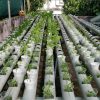

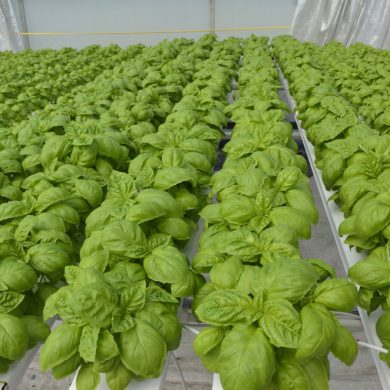
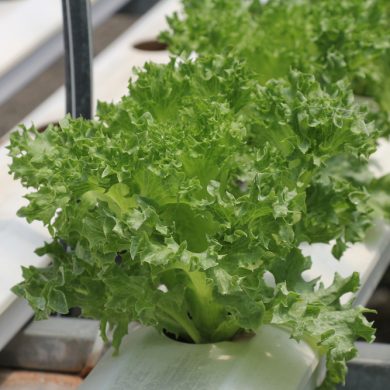
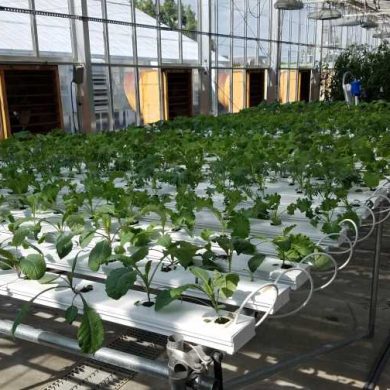

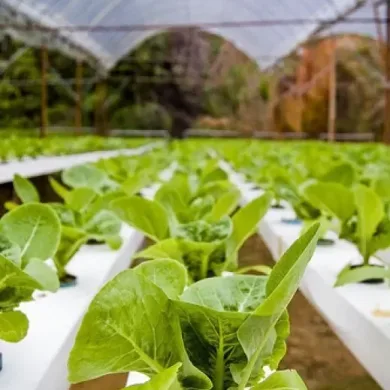



Add comment